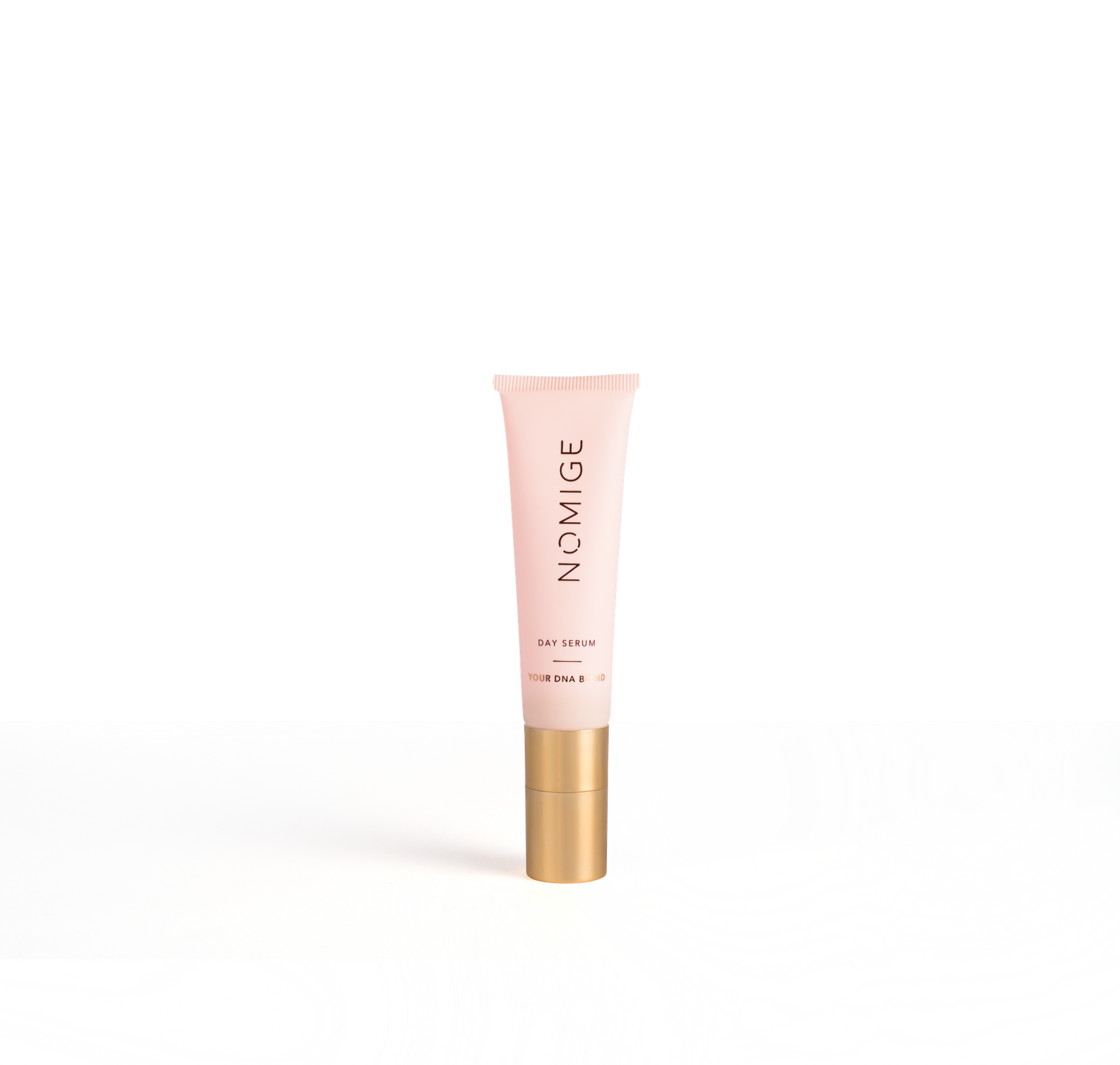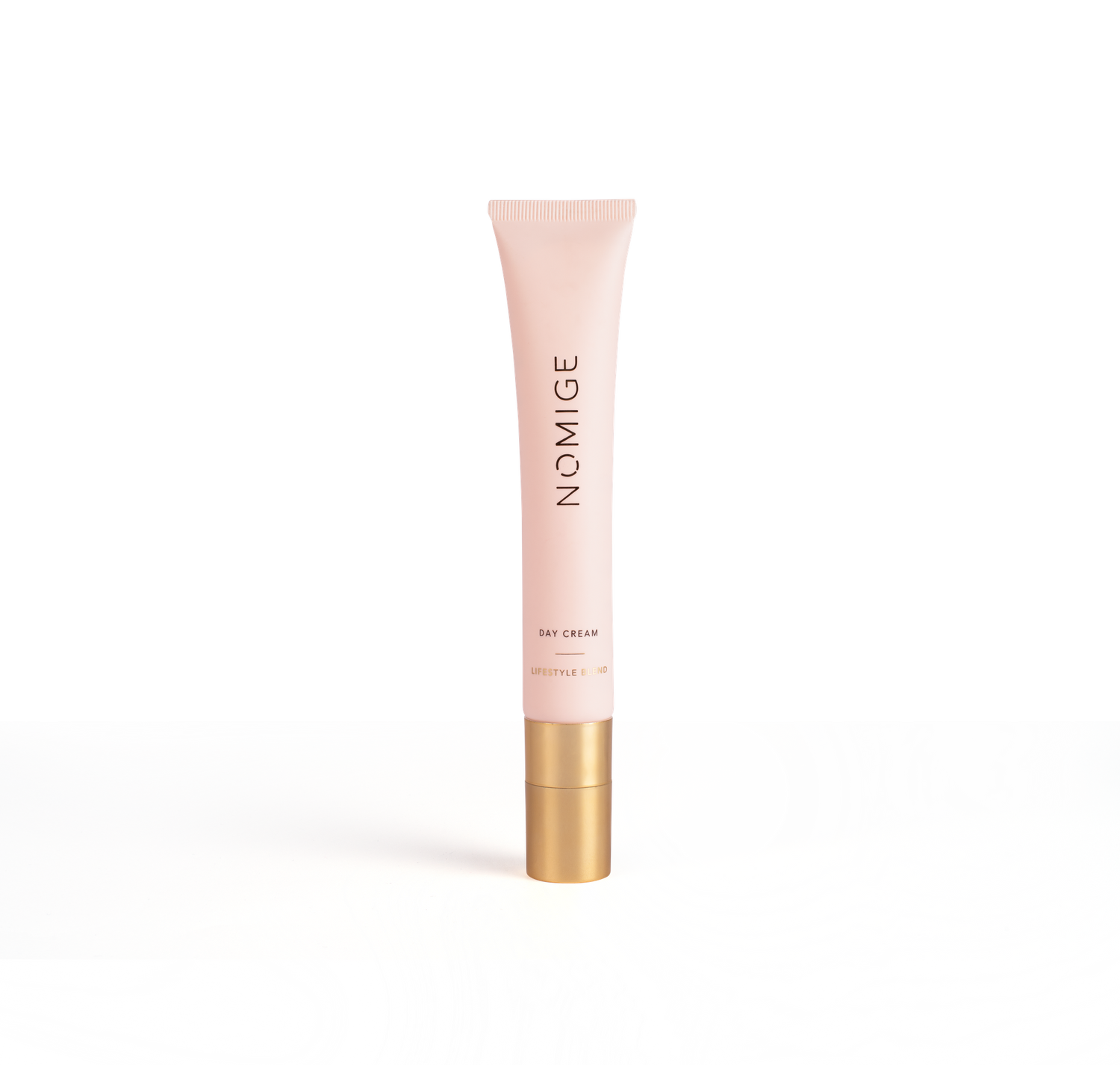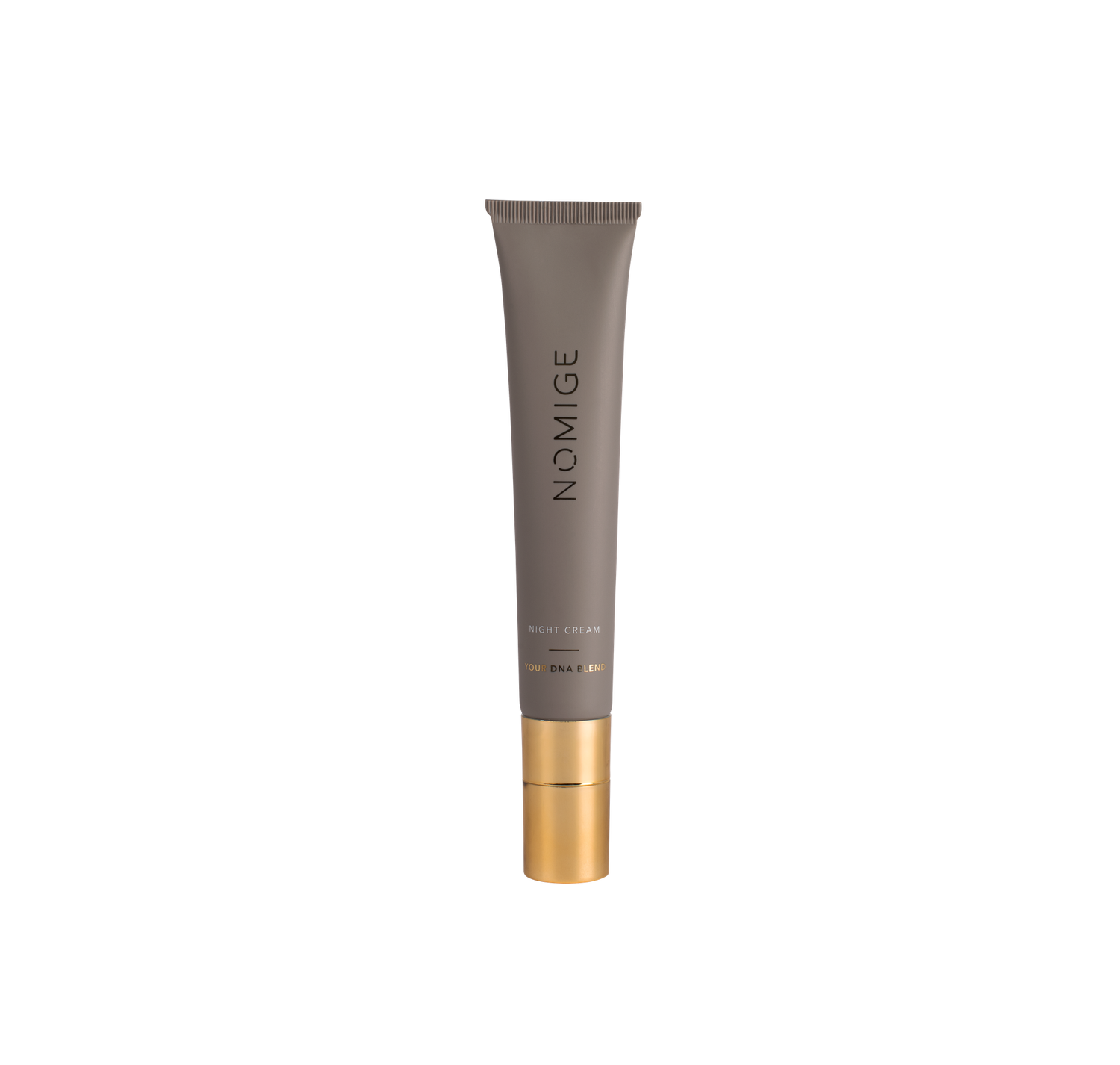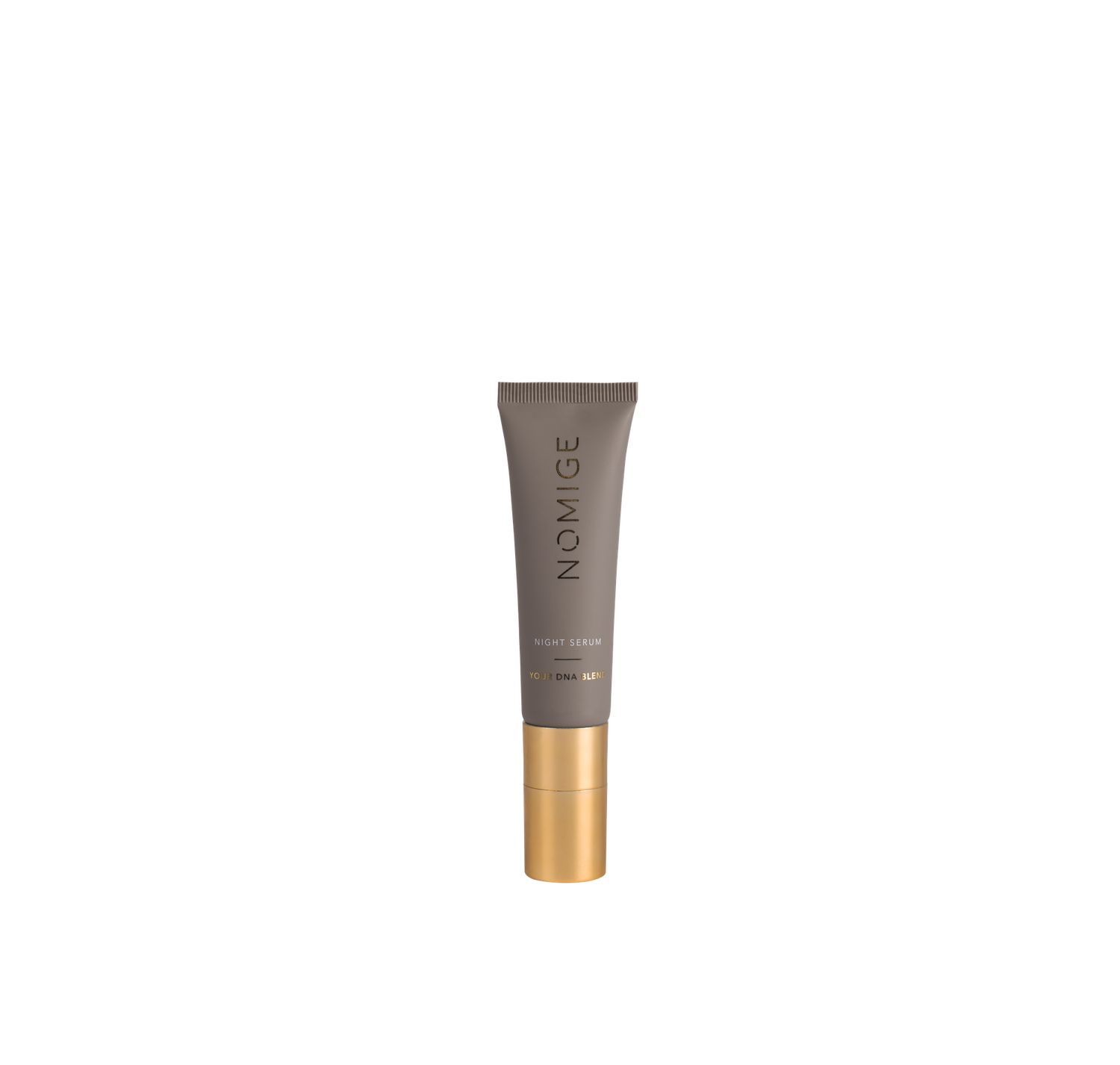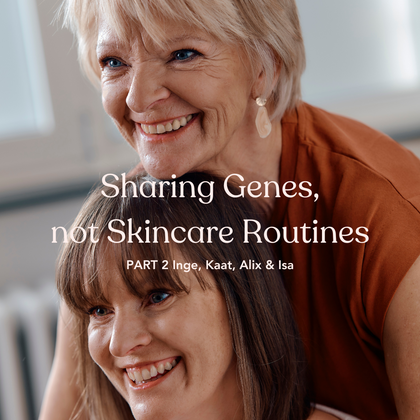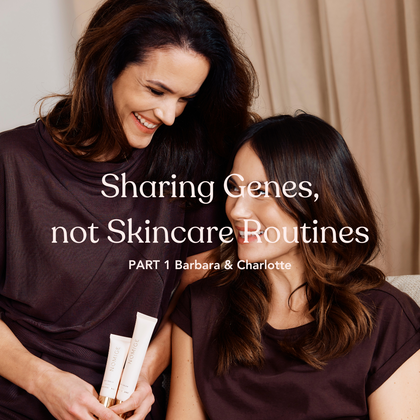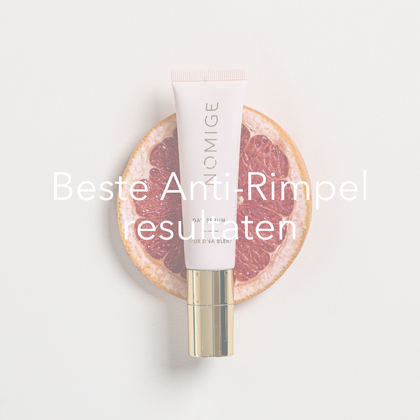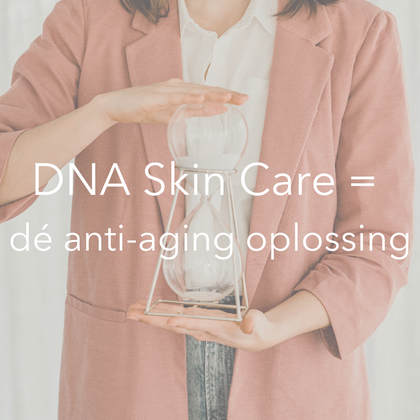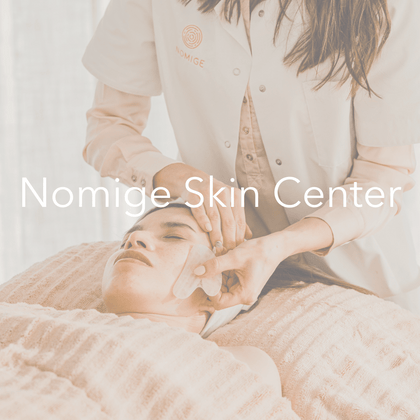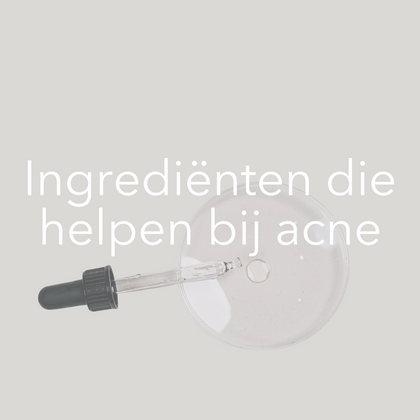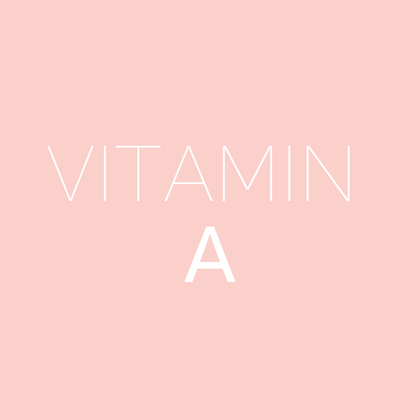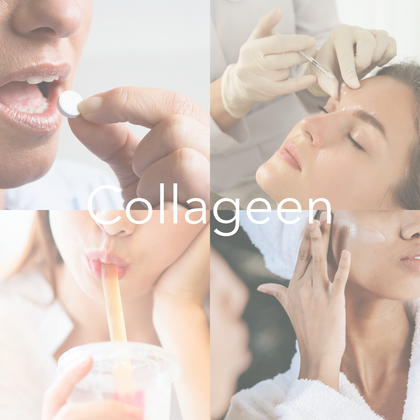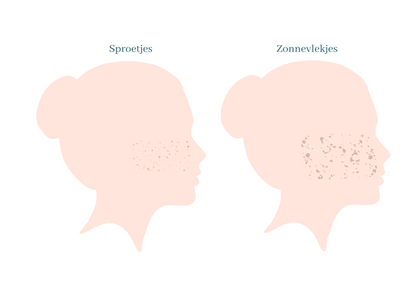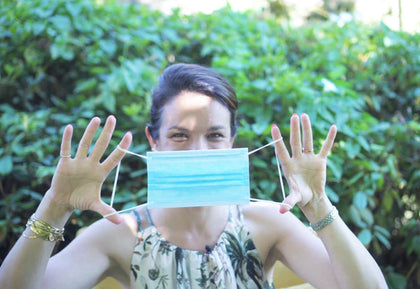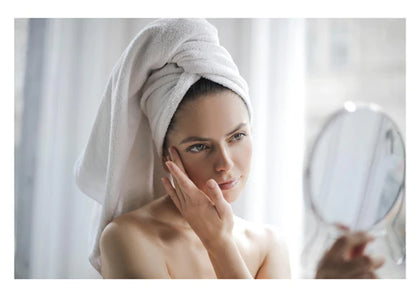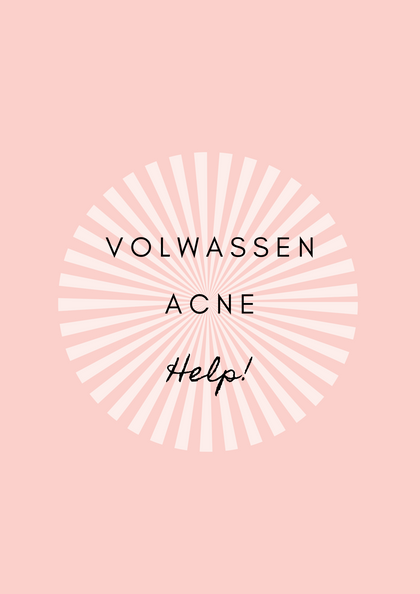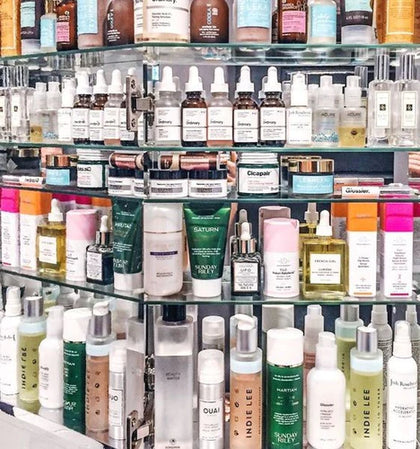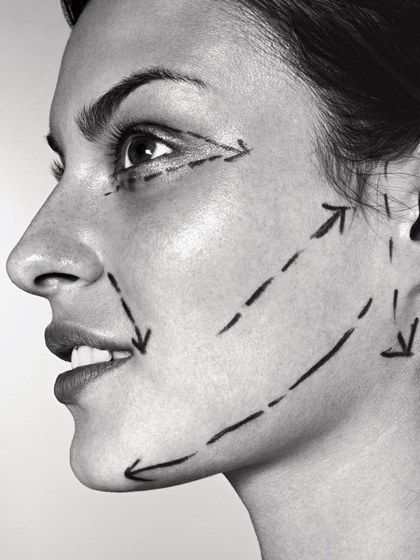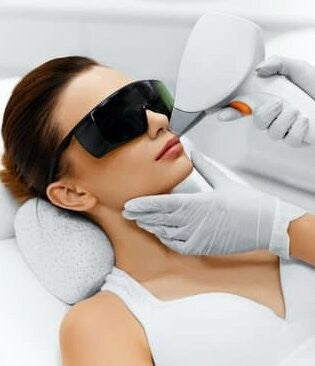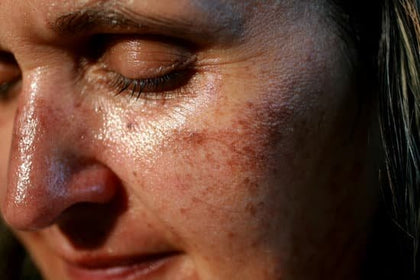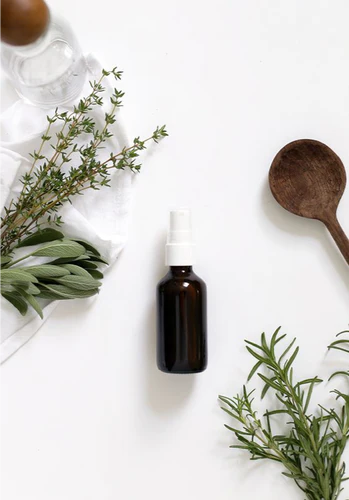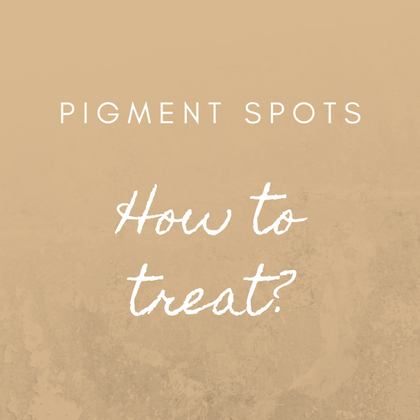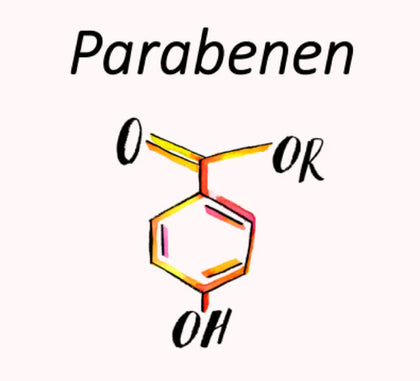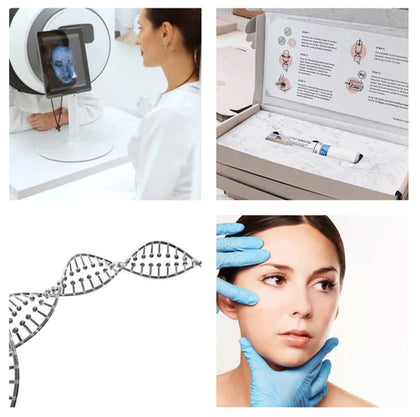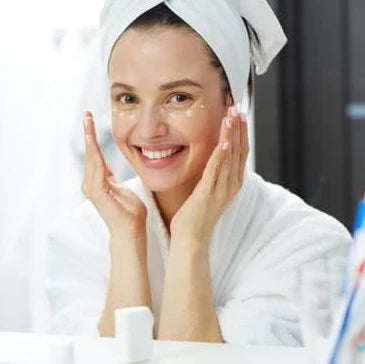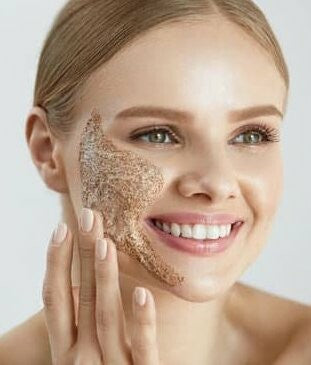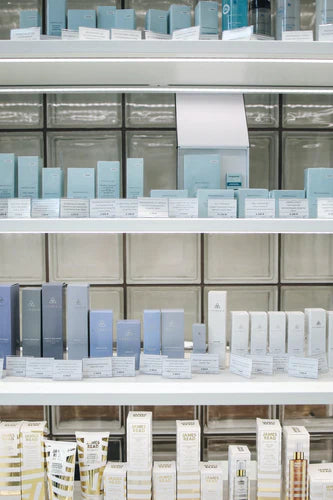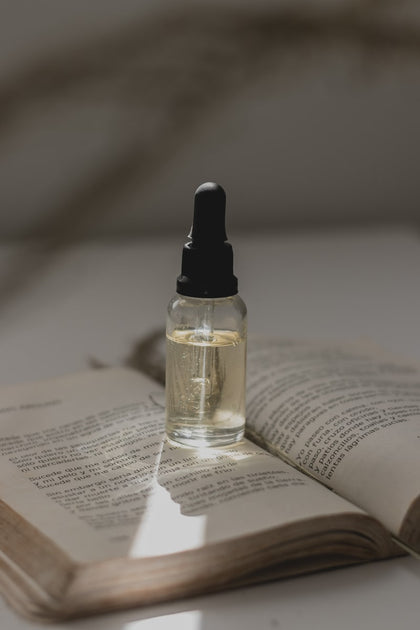Hyperpigmentation - By Sara Ottevaere
Anyone who has followed the evolution in the beauty industry in recent years knows that the fight against hyperpigmentation has become at least as important as the fight against wrinkles. Cosmetic brands are focusing en masse on an even and fresh complexion. (Your mind knows that the photos in magazines and on Instagram were edited, you secretly hope to roll out of bed in all perfection one day).
At Lightfalls Clinic too, the requests for treatments against hyperpigmentation are almost impossible to keep up with and I suspect that the corona period has something to do with that. As for the past few months, we can complain about a lot of things, but certainly not about a lack of sunlight. You saw the photos popping up en masse on social media; people who installed their home office outside on a terrace, ran a marathon on their balcony or started gardening maniacally. In short, everyone who could, sat outside. The national vitamin D deficiency was suddenly exchanged for a Saint-Tropez tan for one and a hyena-like camouflage mask for the other. No, life isn't fair, we know that.
MY PERSONAL STORY

TREATMENT: PREVENT AND COMBAT HYPERPIGMENTATION
But, there is hope! Because, and that is ultimately what this article is about, there are many ways to combat hyperpigmentation. To do this effectively, it is important to know what type of hyperpigmentation it is ; for example you have:
- hormonally controlled pigment disorders such as melasma
- 'ordinary' sun damage such as lentigos or age spots
- PIH (post-inflammatory hyperpigmentation - that is brown discoloration after an injury or acne
There is one golden rule that applies to ALL forms of hyperpigmentation and that is: prevention is better than cure. UV prevention is crucial here! I can't stress enough how important it is to get enough sun protection from a young age. At 20 you might be able to look 'Instagram-proof' with your tanning bed tan, the bill will come later!

Sun protection
What is good sun protection ?
Do not bake in the sun at the hottest times of the day and use a cream with a high SPF factor . A widespread misunderstanding is that with an SPF 50 you will no longer tan. This is not right. In short: an SPF 20 is almost equivalent to an SPF 50, but with an SPF20 you would ideally apply every 20 minutes (which no one does!) and with an SPF 50 every 50 minutes. The SPF says more about how long you are protected .

skincare
Furthermore, an adapted care ritual can work wonders for an even complexion: provide Vitamin C in your serum or day cream (note that it is a high and stabilized dose) and occasionally do a Retinol treatment. Vitamin C acts as a very strong anti-oxidant and prevents overproduction of melanin. Various forms of tretinoin and hydroquinone processed in a cream also have a smoothing effect on dark spots. Higher doses of these ingredients are often only available with a prescription and should be used according to your dermatologist's instructions. Abuse can lead to even more stains and no one is happy about that!
Cosmetic treatments
No matter how hard you try, hyperpigmentation can be very stubborn and triggered by the slightest UV exposure. Don't panic, fortunately there are many cosmetic treatments that can (partially) repair the damage.
- The most requested pigment treatment is removal of lentigos (also known as sun spots or age spots ). These are the circumscribed brown spots that often appear on cheeks, hands and décolleté. Although these spots are often very noticeable and can be disturbing, they are fairly easy to remove with the right laser device. Lentigos are a local discoloration of the epidermis and are virtually invisible after 2 non-invasive treatments. These spots must be protected very well against the sun afterwards. The DNA of these cells has mutated and the spots will reappear with a large UV exposure. A repeat of the laser treatment after a few years is therefore possible.
With the right laser, most hyperpigmentation problems can be treated. The melanocytes (cells that produce the melanin - brown color -) are located in the basal cell layer and give their pigment to the overlying dead skin layers. In other words, when this layer is treated, the brown discoloration disappears.
- When the hyperpigmentation has a hormonal cause , these melanocytes are confused and also spray their melanin towards the dermis (the deeper layers of skin). A superficial treatment will therefore not be sufficient to tackle the discoloration. On the contrary, a laser treatment using heat will 'trigger' the condition and exacerbate the hyperpigmentation. However, hormonal hyperpigmentation can be treated with special peels that really focus on this condition. There are a number of highly effective melasma peels on the market, most of which are punishing stuff, so get treated by an expert! Fortunately, every disadvantage also has its advantage; those who suffer from hyperpigmentation will soon learn to protect themselves against UV, so tight and radiant skin at a late age will be yours! And also good to know, in most cases hyperpigmentation disappears by itself after a few years (sometimes only in menopause). If you are very bothered by the discoloration , changing contraception can also help, because it is known that a hormone spiral aggravates the melasma. Something to discuss with your gynaecologist.
- Other treatments that also give great results on lighter hyperpigmentation are (fruit acid) peelings and microneedling . The choice of peeling or the included active ingredients does play an important role in this. Multiple treatments are sometimes necessary.
For the perfectionists among us, there is another pigment treatment that is booming, namely the 'Intimate Bleaching' . Yes, you heard that right, the bleaching of your private parts. In short, everything is possible!
When choosing a treatment, always seek advice from someone with the necessary experience! Wrong laser settings or too heavy peels can give you more instead of less pigment and you obviously don't want that! They don't call pigment 'the wrinkle of the future' for nothing.
Would you like personal advice? Feel free to visit Lightfalls Clinic!
Follow our story
Connect with us and follow the hashtag #MyNomige to keep up with the latest skin tips and news.
Follow our story
Connect with us and follow the hashtag #MyNomige to keep up with the latest skin tips and news.
